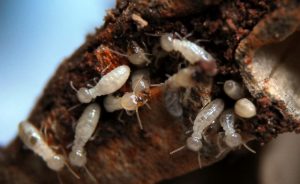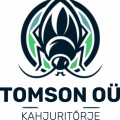Control of wood pests

Timber pests can be divided into two groups:
1. Wood pests that come from the forest. For example, spruce and pine woody moss and blue moss. They generally do not need chemical control because they fly back into the forest on their own once the wood has dried.
Major wood damage occurs over a long period of time as wood borer breeds develop over several years before they become dormant and able to fly. If the wood surfaces are covered with a bark or bark coating, it is recommended to remove the coating. Underneath them, a number of wood pests find a suitable habitat, which are not harmful, but they are pests and still parasitic on humans.
2. Wood predators who love construction wood. The best known and most common pest is the wood moth. In fact, there is no such insect, and it is usually some kind of cuttlefish. Damage is characterised by tiny round holes. But the most dangerous wood pest is the house moth, which can completely destroy an entire house. Obviously it won’t happen overnight, but in 20-30 years it is possible.
Tree pests are much more difficult and expensive to control than fungus gnats. The most important requirement is to keep the humidity stable below 60%. In most cases, insects and wood-decomposing fungi develop together. This means that first the fungus starts to thrive, and then the insects that feed on the fungus appear. To prevent this, wood must be kept dry!
